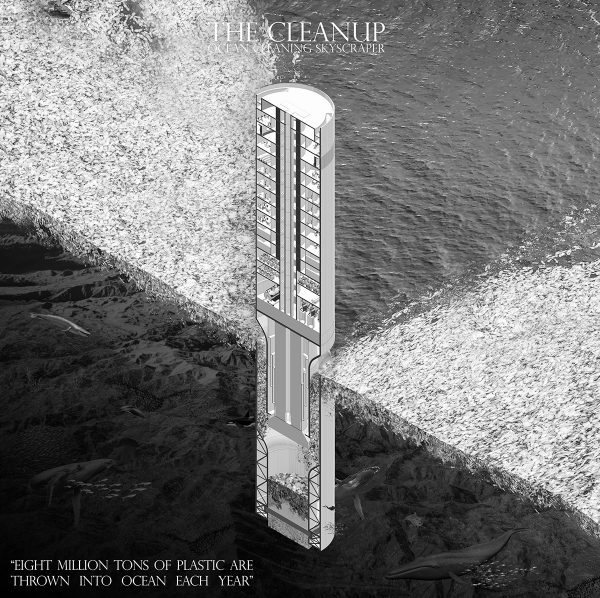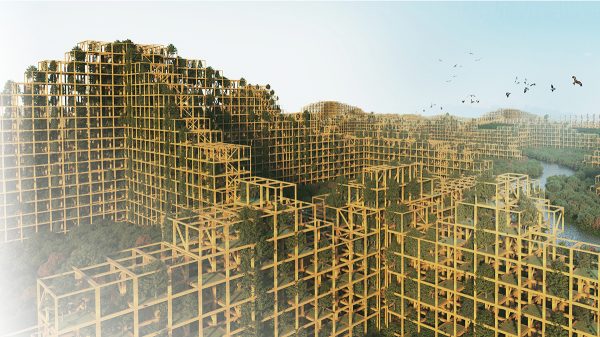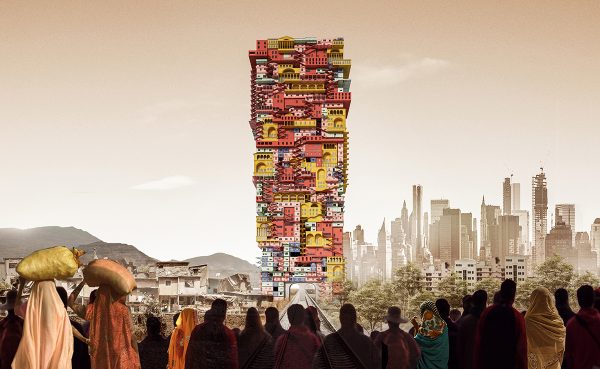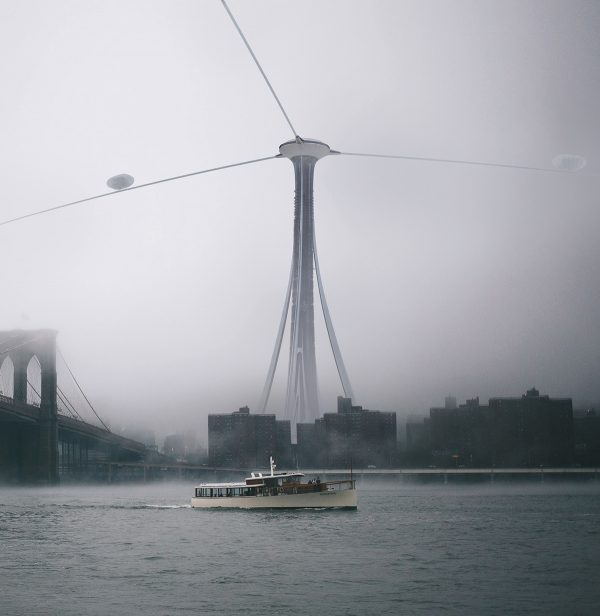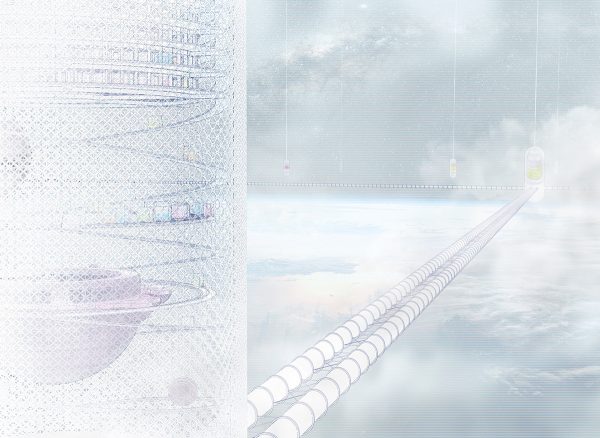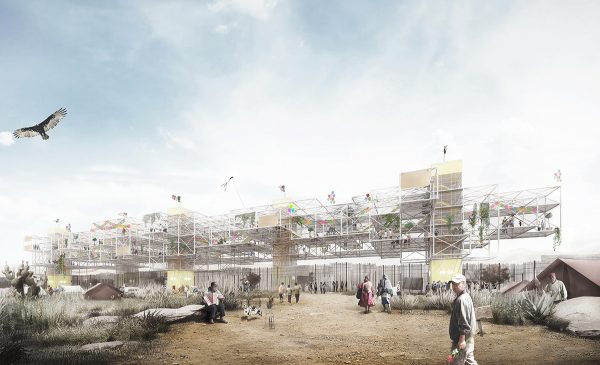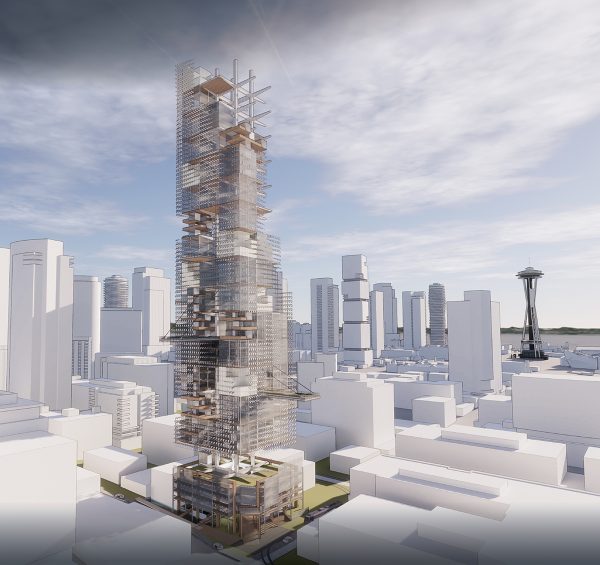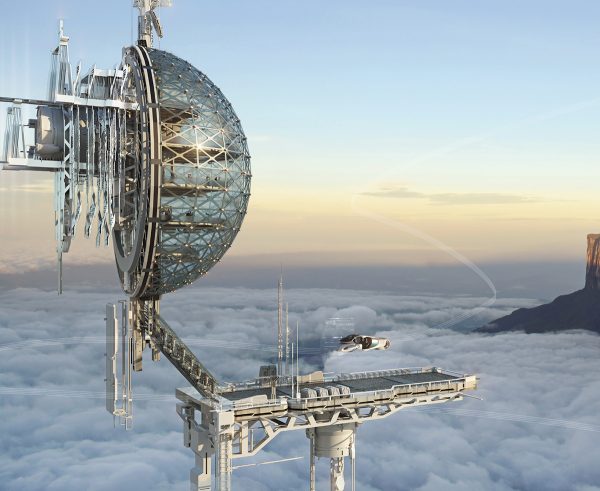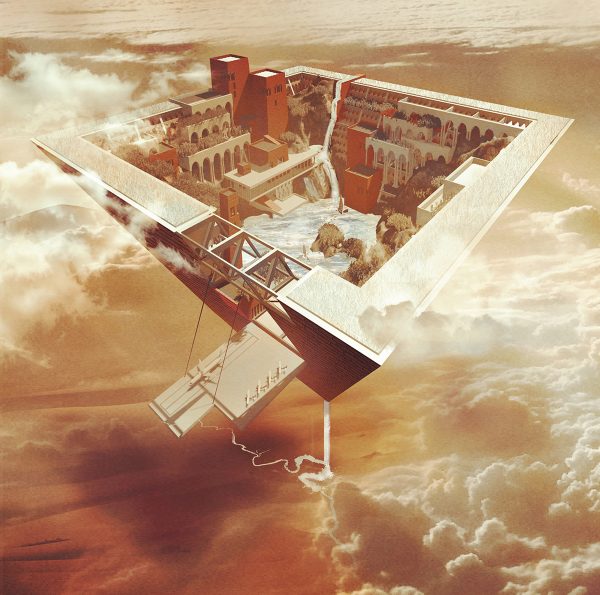Honorable Mention
2019 Skyscraper Compettion
PIN Architects + Kalebodur Team
Salih Kucuktuna, Fikret Sungay, Mert Sezer, Ekin Arslan, Erdem Gunsur, Hande Mumcu, Oznur Pehlivan, Yildiz Yildirim, Eda Cidamal Erdogmus
Turkey
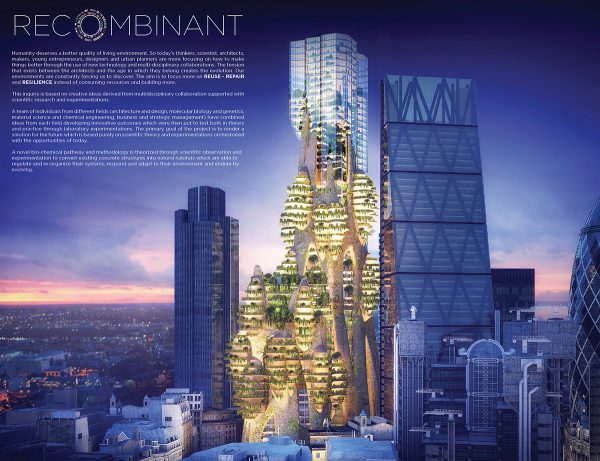
The Philosophy of Architecture
From Vitruvius to Le Corbusier, A.gaudi to Z.hadid, architects are constantly adapting to new situations by developing their own methodology and by continuously pushing the boundaries. From the Pantheon to the Bilbao Museum by Gehry, architects are also building under different conditions, sometimes by following principles of architecture and sometimes by challenging them. The tension that exists between the architects and the age in which they belong creates this evolution. Our environments are constantly forcing us to discover.
Unfortunately, this process has had a dramatic breaking point in the middle of last century. In the second half of the 20th century we built massive quantities of buildings, which caused the cities to get more and more crowded. Architects, urban planners, engineers and other professionals began to feel more helpless about the complexity of the problems in the cities. Architecture lost its appeal as cities began to strive to meet the housing demand through the mass production of buildings. We are hoping the first quarter of the 21st century is a turning point and we will see the wind change in a more positive way.
The Team & The Methodology
This inquiry is based on creative ideas derived from multidisciplinary collaboration supported with scientific research and experimentations. Read the rest of this entry »

